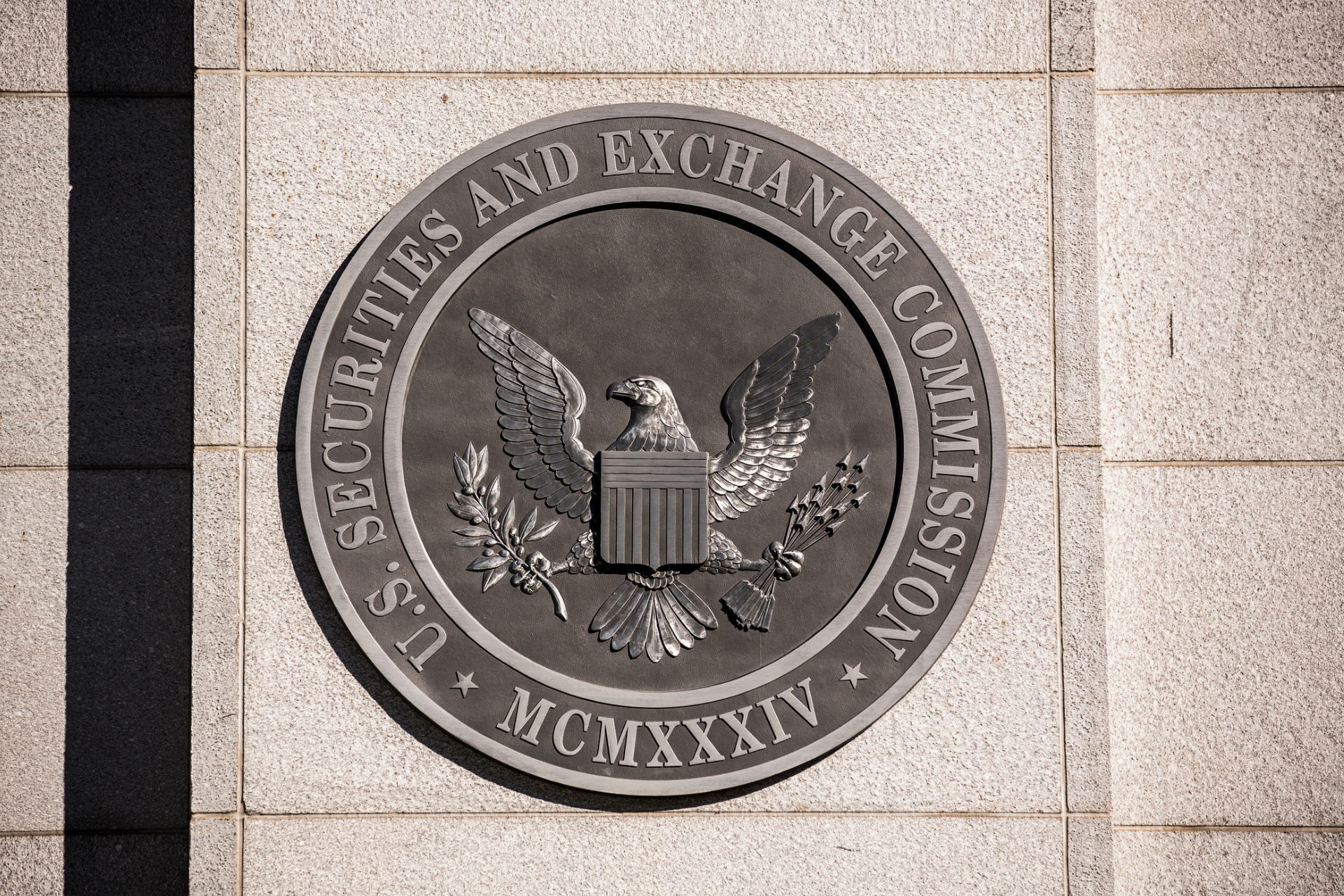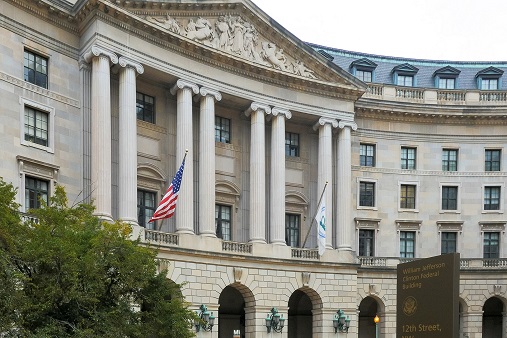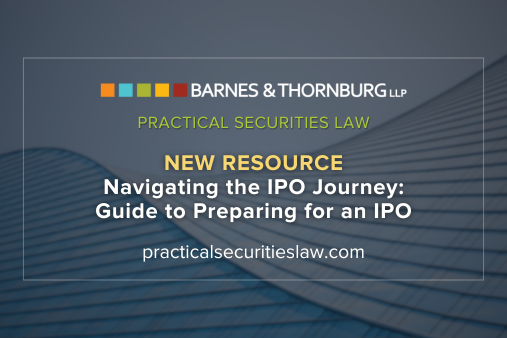When the SEC interprets the breadth of a federal securities statute the same way as the Defense Research Institute (DRI) and the Securities Industry and Financial Markets Association (SIFMA) – two prominent associations who traditionally interpret such laws narrowly – something is up. So it was in Chadbourne & Parke LLP v. Troice, a case interpreting the preemptive scope of the Securities Litigation Uniform Standards Act (SLUSA).
As one senior SEC official admitted at the recent SEC Speaks conference, this case made for some “strange bedfellows.” But in a decision last Wednesday, the Supreme Court disagreed with all of them. Troice arises out of the massive Ponzi scheme orchestrated by Allen Stanford. Stanford induced investors to buy certificates of deposit issued by Stanford International Bank which allegedly paid superior rates of return because they were backed by investments in marketable securities of corporations, foreign governments and the like. Instead, investor funds were used to repay earlier investors, speculate in Caribbean real estate and fund Stanford’s cricket team and the rest of his lavish lifestyle. Once the scheme collapsed, defrauded investors brought state court class actions against Stanford’s insurers, accountants and lawyers (including Chadbourne & Parke) under state-law fraud theories to recoup some of their losses.
Defendants used SLUSA to remove these cases to federal court where they were dismissed because SLUSA precludes most state-law class actions involving "a misrepresentation" made "in connection with the purchase or sale of a covered security" (which means a security traded on a national exchange). The district court reasoned that because Stanford represented that investments in CDs would be used to purchase covered securities, Stanford’s misstatements were sufficiently “in connection with” the purchase of covered securities to be preempted.
On appeal, the Fifth Circuit reversed, concluding that plaintiffs’ claims were not precluded by SLUSA because the alleged misrepresentations were too “tangentially related” to the purchase or sale of a covered security to satisfy the "in connection with" requirement. In doing so, the Fifth Circuit read SLUSA’s “in connection with” language narrowly, reasoning that the misrepresentation must be relatively central to investors’ decisions to buy a covered security.
The law firms, insurers and other defendants then appealed to the Supreme Court. At first glance, a private class action alleging state law fraud theories where the issue is the scope of SLUSA preemption does not seem like fodder for SEC involvement, let alone a case where the agency would side with the alleged secondary wrongdoers. The catch, however, is that the Supreme Court has interpreted SLUSA’s “in connection with” language to be consistent with the “in connection with” in Section 10(b) of the Exchange Act.
The Commission has consistently said that Section 10(b) must be interpreted very broadly both in private actions and SEC enforcement actions because it is one of the SEC’s principal anti-fraud weapons. This placed the SEC in the optically awkward position of arguing that SLUSA’s “in connection with” language should be read broadly to preclude defrauded investors from seeking to recover their losses by asserting state-law fraud claims. This was probably particularly sensitive because those investors could not assert Section 10(b) claims themselves against these defendants because Section 10(b) has been interpreted not to provide for secondary liability in private actions since Central Bank of Denver in 1994. Nonetheless, the SEC argued – alongside industry groups, the defense bar and defendants themselves – that plaintiffs could not proceed with their state-law claims because SLUSA’s “in connection with” language covers situations beyond simply misrepresentations that induce the purchase or sale of a covered security.
Much of the SEC’s brief really advocated for a broad and flexible interpretation of same language in Section 10(b) and worried that, without such an interpretation, the outer limits of the Commission’s regulatory authority would be curtailed and investors would be less protected from fraud.
In a 6-1-2 decision (Justice Thomas concurred), the Supreme Court disagreed, concluding that SLUSA preemption does not extend beyond misrepresentations that are material to the purchase or sale of a covered security by someone other than the fraudster. The Court concluded from its prior precedent that, in every case where it found a fraud to be “in connection with” a purchase or sale of a security, victims took, or tried to take, or divested themselves of, or tried to, or held “and ownership interest” in financial instruments that fell within the statutory definition. The Court therefore limited the outer bound of “in connection with” to its existing case law. The Court acknowledged, but dispatched, the SEC’s (and the dissent’s) concern that its decision would significantly curtail the SEC’s enforcement powers as simply “hand wringing.”
The Court’s analysis reconfigured the parties’ arguments somewhat and relied on the fact that “in connection with” the purchase or sale of a security sweeps more broadly than simply covered securities. So, the certificates of deposit in the Stanford Ponzi scheme fell within the definition of “security” but outside the definition of a “covered security” because they did not trade on national exchanges. This analysis could reinvigorate the Howey test for what constitutes a security or investment contract, particularly since the Supreme Court has stated in prior opinions (like Marine Bank v. Weaver) that at least some certificates of deposit are not securities.
According to the dissent, Troice “introduces confusion in the enforcement of securities laws” by simultaneously limiting the SEC’s federal enforcement power and subjecting secondary actors in securities transactions to costly private state-court litigation on claims that would not be permitted in federal court, potentially undermining Central Bank. It also injects a limitation that the purchase or sale must be by someone other than the fraudster, which the dissent notes is nowhere in the statutory text.
This new gloss may also substantially impact criminal securities fraud prosecutions which also rely on Section 10(b)’s “in connection with” language. Criminal defendants especially may ask whether “in connection with” now requires some kind of reliance on a misrepresentation, a requirement previously lacking in criminal prosecutions. Finally, Troice may signal a willingness by the Court to upset settled interpretations of Section 10(b) which has interesting implications for next week’s oral argument in Halliburton Co. v. Erica P. John Fund, Inc. when the Court will re-consider the “fraud on the market” presumption.













